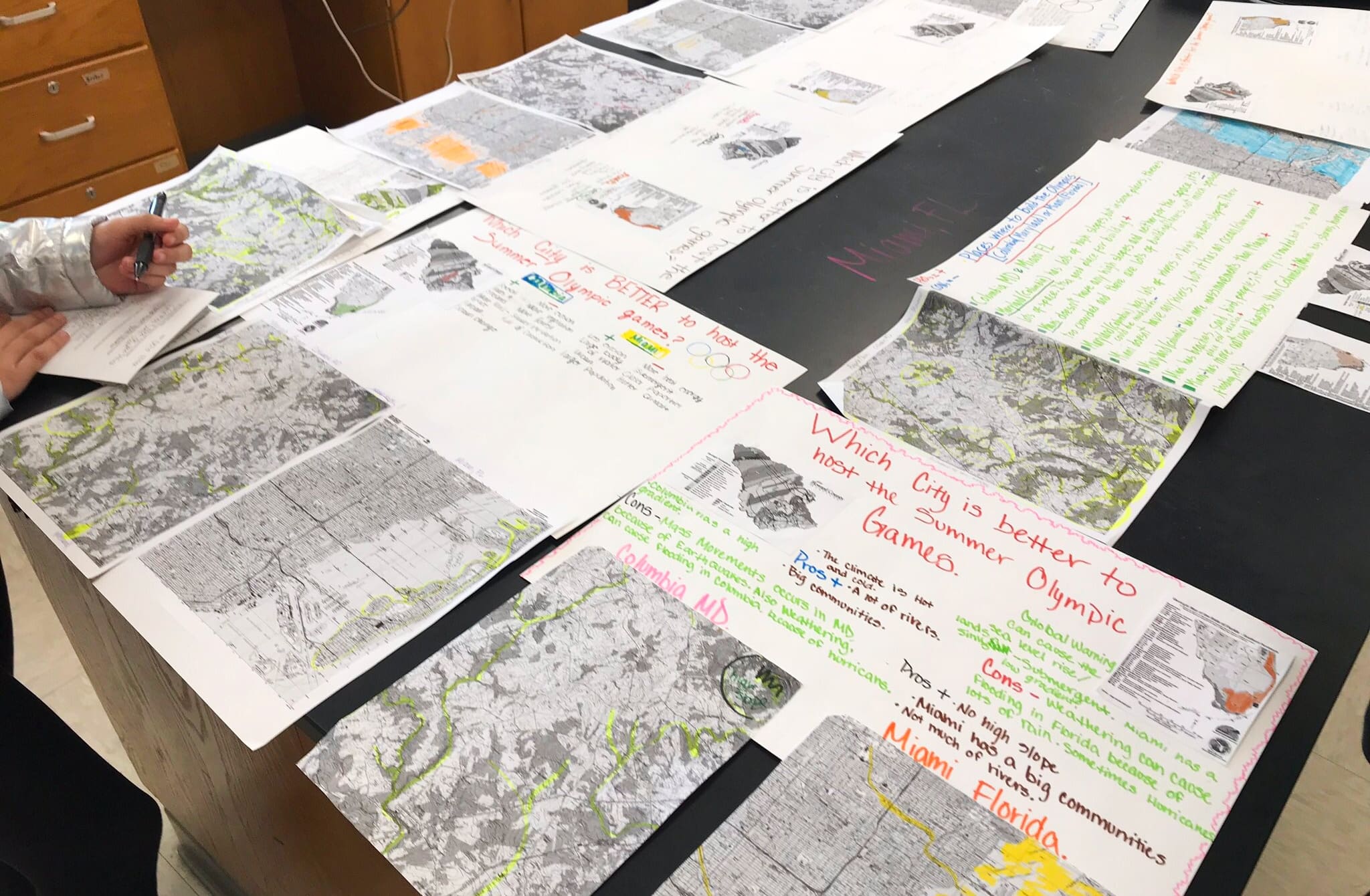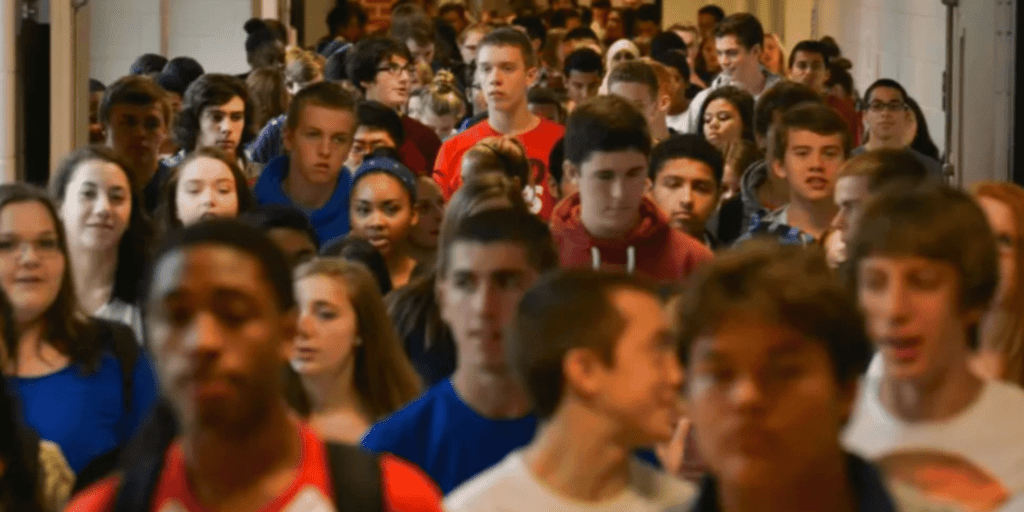The Power of Project-Based Learning: Connecting High School STEM to the Real World (part 1)

Welcome to the first in our 3-part blog series delving into the future of high school STEM education. As we embark on this exploration, we’re drawing insights from a recent enlightening webinar hosted by The 74 and The Academy of Health and Sciences, The Future of High School, featuring Maryland state Sen. Alonzo Washington; Dr. Julius Davis of Bowie State University; Dr. Daria Valentine, principal of the Academy of Health Sciences at Prince George’s Community College; Dr. Jean-Paul Cadet of Prince George’s County Public Schools; and Sidney Foster, a sophomore at the academy.
The panel provided insights into how high schools are adapting to meet STEM proficiency demands for the workforce. Let's explore some examples.
The High School STEM Shift: Tapping into the Power of Partnerships
The educational landscape is constantly evolving. With accelerating technological advancements, changing job markets, and a dynamic global society, our approach to teaching STEM (Science, Technology, Engineering, and Mathematics) also needs to transform to reach all students and introduce them to STEM careers of the future. Traditional classroom lectures and rote memorization no longer suffice.
As highlighted in a recent article on our blog titled Why Teachers Should Include Emerging Science In STEM Learning, the School Superintendents Association stresses the urgent need to redesign public school systems by 2025, ensuring we tailor lesson plans to the classrooms of the future. Redesigning classroom STEM instruction to keep pace with the ever-changing world is even more pressing in high schools as the workforce looks to high school graduates to fill increasingly technical positions in a labor market that is seeing worker shortages. Creative and innovative solutions will be needed to meet this unprecedented demand for STEM-proficient high school graduates.
The Academy of Health and Sciences’ webinar highlighted the incredible impact of forging strong partnerships in high school STEM education. By uniting the realms of academia and industry, students are afforded a more holistic, relevant, and enriching learning experience. This seamless blend of theory and practice allows learners to see the direct implications of their studies and helps invigorate their passion for STEM fields.
One shining example highlighted was the partnership between high schools and tech companies, offering students internships or project collaborations. Such endeavors bolster resumes and provide invaluable insights into the workings of the tech world. Students get a front-row seat to the challenges and triumphs of creating technology that impacts millions.
Moreover, institutions like The Academy of Health and Sciences often collaborate with local businesses for student projects. These unique partnerships also effectively engage students from diverse socio-economic backgrounds in STEM. During the webinar, a story was shared by Sidney Foster, a sophomore at the academy, about a group of students who, in partnership with a local environmental agency, developed a sustainable solution for waste management in their community. It was a transformative experience for students.
Not only did students learn the science behind waste management, but they also understood the socio-economic implications of their solution. It was about more than learning the science. It was learning about the impact of science on communities and the world. This awareness is what industries are looking for in high school graduates – STEM skills plus soft skills.
When asked about his experiences and the benefits of an integrated learning approach, Sydney highlighted the importance of engagement and commitment, noting that the work was challenging but rewarding. He especially likes that the program gives him a head start to a meaningful career. This work ethic and enthusiasm for entering STEM fields is the future of high school STEM education, and it’s already happening.
Senator Washington emphasized the importance of these partnerships from a legislative and societal perspective, noting that when educational institutions partner with industries and experts, it’s not just the students who benefit. The entire community, state, and eventually the nation thrives. It’s an investment in our future.
These partnerships symbolize a bridge between the classroom and the real world. They offer students a glimpse into their future careers, allowing them to make informed choices and fostering a deeper understanding of STEM fields.
Project-Based Curricula: The Key That Unlocks the Future for High School Students

Project-based learning curricula aligned with the Next Generation Science Standards (NGSS) are a transformative approach to education precisely because they align so closely with real-world dynamics. By immersing high school students in practical challenges that demand problem-solving, collaboration, and innovative thinking, such curricula mirror the competencies sought in the modern workplace. Whether a student chooses a career in STEM or ventures into other fields, the skills honed through project-based tasks—such as teamwork, adaptability, and analytical thinking—are universally applicable.
Activate Learning’s high school programs, such as Active Chemistry, Active Physics, EarthComm, and OpenSciEd, testify to this. These programs immerse students in real-world problems, challenging them to apply their knowledge creatively. This approach deepens understanding and equips them with the tools to navigate, adapt, and thrive in any professional landscape they pursue. It also prepares them for opportunities to engage in the workforce through creative partnerships like those mentioned in the webinar.
For educators, one pertinent question remains: How do we keep students engaged, informed, and ready for this rapidly changing future? Building on insights from our previous post, embracing deeper learning is critical. Educators can ignite passion and curiosity through classroom discussions rooted in real-world problems. Questions about climate-induced food shortages or the ethics of gene editing can spur debates, problem-solving, and critical thinking.
Closing the Loop
The future of high school STEM education includes integrating project-based high school programs, real-world relevance, and innovative partnerships. Schools that offer this combined learning experience are at the forefront of preparing students for the future – and what a bright future it is!
Stay tuned for our next installment in this series as we continue our exploration into the exciting future of high school STEM education. Share, engage, and let's collectively redefine STEM for the better.
Looking for High School STEM Resources for your Classroom?
Activate Learning provides project-based curriculum for High School Physical Science, Physics, Chemistry, Earth Science, Engineering, and more! Contact us to learn more about our High School STEM programs.
Interested in some freebies? Check out the Free Resources for downloads, webinars, and more!
* * * * *
Header Photo Credit: [Which city would be the best host for our next summer Olympic Games? Howard County Public School System students engaged in Chapter 3 EarthComm performance task. CREDIT: @msbellwlhs/Twitter]




